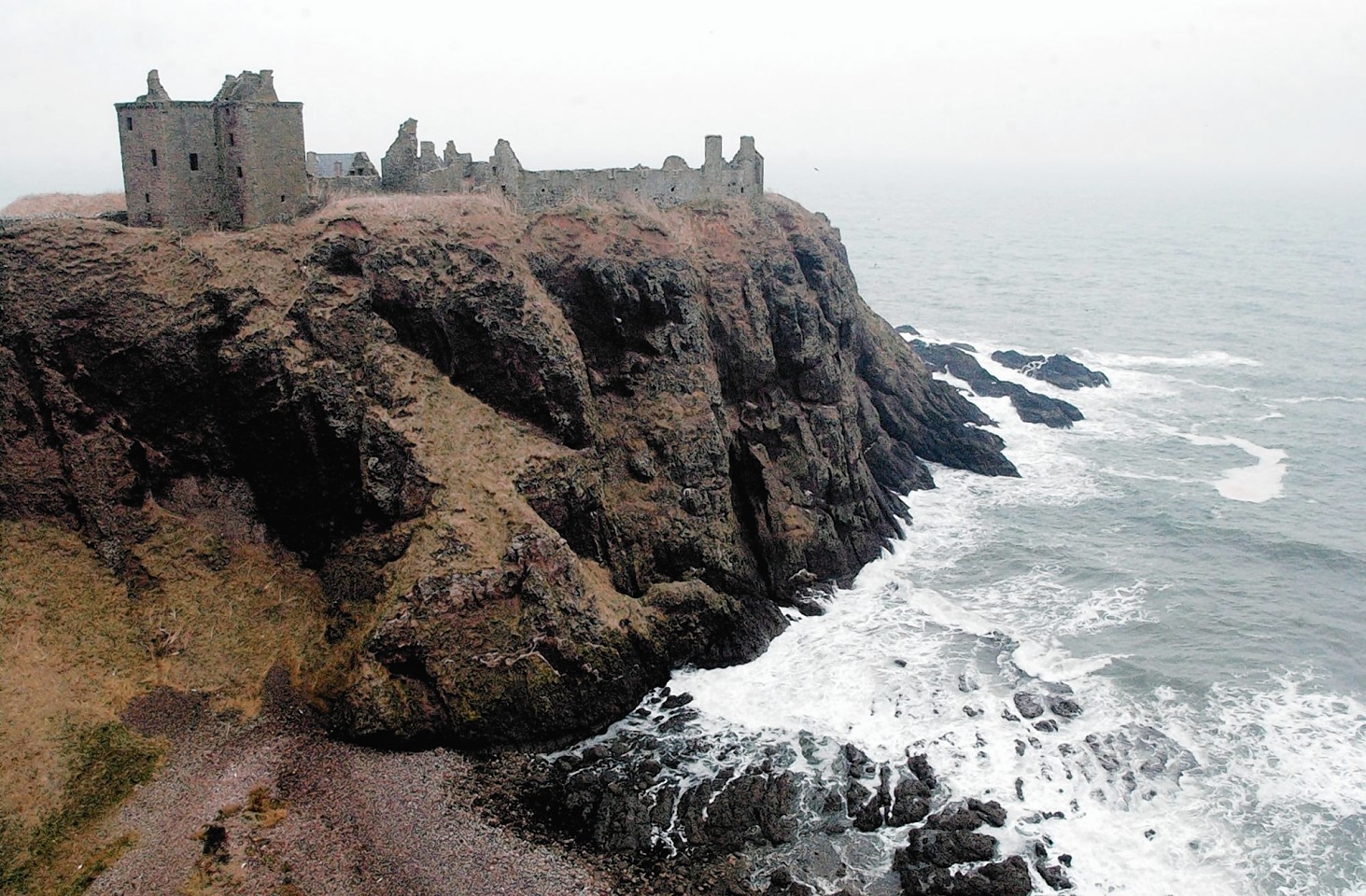Plans for a floating windfarm nine miles off the coast of Aberdeenshire could be lodged with Marine Scotland early next year.
Kincardine Offshore Windfarm Limited – a company set up by former deputy first minister Nicol Stephen and Allan MacAskill, brother of Justice Secretary Kenny MacAskill – revealed proposals for the project in May.
The scheme would involve creating an eight-turbine floating windfarm off the coast of Kincardine.
Mr MacAskill and Liberal Democrat peer Lord Stephen believe the demonstration project could help further Scotland’s position as a “global leader” in offshore wind.
And last night Mr MacAskill, a director of Pilot Offshore Renewables Ltd, which set up Kincardine Offshore Windfarm, said: “Over the coming months we will meet with stakeholders, including Aberdeen Harbour, Historic Scotland and the local community, to tell them about our plans and hear our views.
“We then hope to submit an application to Marine Scotland in the first half of next year.
“This is an exciting project for the future of the offshore renewables industry in Scotland.”
But in a report to Marine Scotland, which includes views from statutory consultees, concerns have been raised about the potential impact the project could have on Dunnottar Castle, one of the north-east’s top visitor attractions.
Historic Scotland warned that although it did not appear the turbines would have a “significant adverse” effect on the coastline, they were likely to be seen from the castle.
The organisation says: “We consider that due to the 17 kilometres (10 miles) distance between the windfarm and the coastline, we would not have significant concerns with regards to potential adverse impact on coastal sites other than on Dunnottar Castle and its setting.
“From the information provided we note that the ZTV (zone of theoretical visibility) clearly demonstrates visibility from the scheduled monument and from a wider area around the site, which consequently is very likely to have a significant impact on our understanding and appreciation of this important monument and its wider context.”
The body calls for more photomontages showing various viewpoints from the grounds of the castle to be considered, along with the potential cumulative impact from other wind developments in the area.
Nobody from Dunnottar Estates, which owns the castle, was available to comment on Historic Scotland’s concerns.
Peter Fraser, environment planner for Aberdeenshire Council, also called for full consideration of the visual impact the scheme could have.
In the authority’s response, he states: “It is noted that the proposed height for the turbines could be around 195 metres (639ft) to tip height.
“These would effectively be among the tallest wind turbines ever proposed for the north-east of Scotland area and on that basis a thorough and comprehensive package of development visual assessment information will be essential to fully informing the planning application determining process.”
Aberdeen Harbour Board generally supports the project, although warned more consideration was needed about the risks the construction and operation of the development could have on shipping traffic – moving it into a channel more exposed to the elements.
However, the board said they believed the windfarm would be a “valuable development” that would bring “welcome economic and technological benefits” to the region.
Last night, Mr MacAskill said photographic images were being created, and claimed they would show the visual impact from the shore would be “minimal”.
He added: “The harbour board is in favour of our plans in principle. They are aware the harbour is likely to benefit significantly from this project and from the growth of floating wind technology.”
Lord Stephen was unavailable for comment last night.
